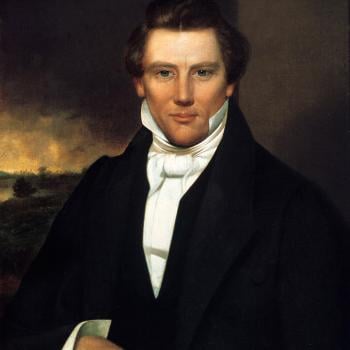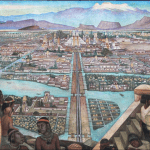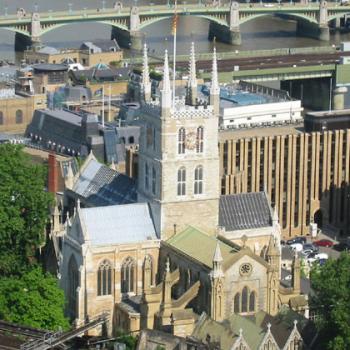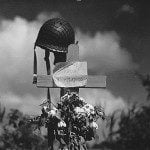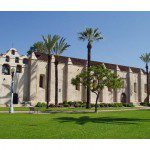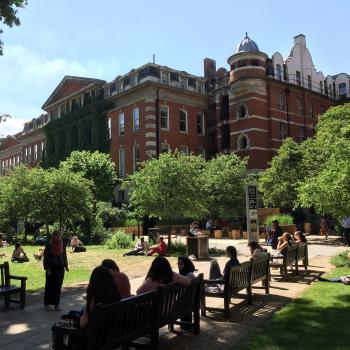
(Jesus awakens Lazarus)
Karl Isakson (1921)
1.
Bethany is just over the Mount of Olives from Jerusalem. Jesus, who probably had little money, seems to have stayed there with his friends Mary, Martha, and Lazarus (= El‘azar or Eleazar) when he was in Judea. Then he would walk over the hill to Jerusalem, along a road that still runs directly past the Garden of Gethsemane.
2.
When Jesus heard the news that Lazarus was very ill, he deliberately took his time before acting on the sisters’ implicit request that he come. This was probably intended to allow him to demonstrate his power over death. In that regard, Christ’s raising of Lazarus represents the climax of John’s series of miracles, and it foreshadows his own resurrection. It was also far too public and spectacular a demonstration of his power to be ignored the authorities, who had been watching him with concern and who now felt compelled to act.
3.
The apostle Thomas is often remembered for his proverbial doubts. But he should also be recalled for his courage: First the disciples try to persuade Jesus not to return to Judea because it’s too dangerous. When it’s clear, though, that he’s going to go nonetheless, Thomas exhorts them: “Let us go also, that we may die with him.”
4.
The faith that both Mary and Martha had in Jesus is shown by the declaration, made by each, that, had Jesus only been there in time, Lazarus wouldn’t have died.
5.
The shortest verse in all of scripture is John 11:35: “Jesus wept.” Yet it’s also among the most profoundly significant:
http://www.deseretnews.com/article/865595143/The-most-moved-mover.html?pg=all
6.
There can scarcely be a more comforting verse in the canon than John 11:25:
“I am the resurrection and the life; he who believes in me, though he die, yet shall he live.”



